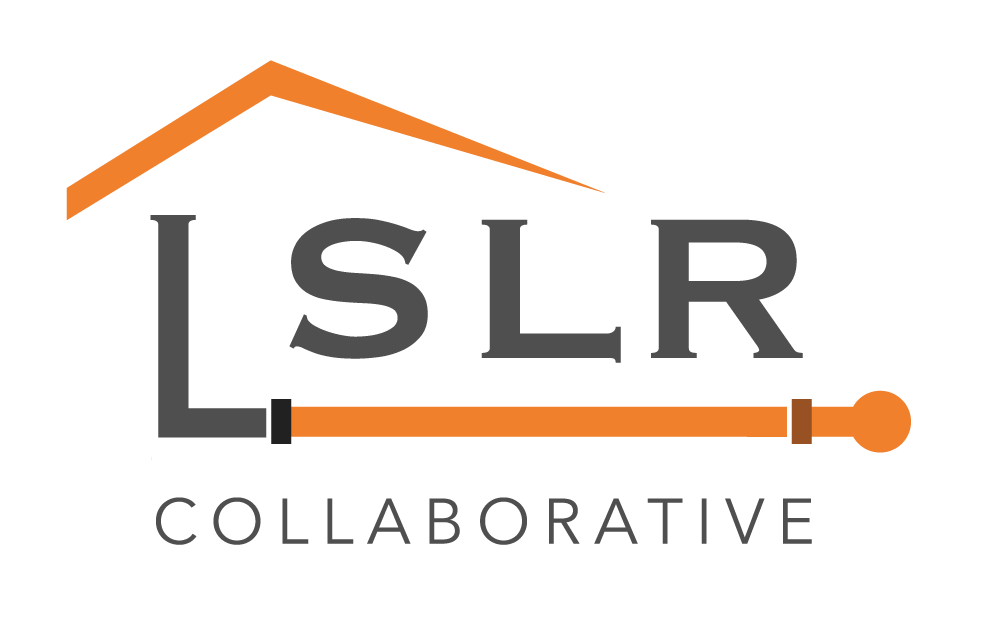|
Lauren Barry
Journal & Topics Read the original article. By next year, all existing lead service lines connecting Wheeling homes to village services should be removed and replaced with copper pipes. As of this month, the village has replaced 57 of the 110 lead pipes in Wheeling. “We’re ahead of the game,” Wheeling Supt. of Utility Jeff Wolfgram told the Journal & Topics Tuesday (Dec. 1). He said all municipalities will most likely be mandated to replace lead pipes at some point in the future. “There is no known safe level of lead in a child’s blood. Lead is harmful to health, especially for children,” according to the U.S. Environmental Protection Agency (EPA). According to the agency, lead-related health issues can range from stomach distress to brain damage. “In homes with lead pipes that connect the home to the water main, also known as lead services lines, these pipes are typically the most significant source of lead in the water,” the EPA says. Guidelines from the agency’s Lead and Copper Rule stipulate that government agencies must conduct remediation measures if more than 15 parts per billion of lead or 1.3 parts per million of copper are found in 10% of customer taps sampled. Copper pipes present less risk for corrosion than lead pipes, Wolfgram confirmed. Read the full article. By Cathy Proctor
Yourhub See the full article In a year when so much was canceled or put on hold, one program remained steadfast for Denver area residents: the Lead Reduction Program. The first year of Denver Water’s groundbreaking public health initiative has been a huge success — despite the COVID-19 pandemic that hit just as the massive program was getting underway. “Achieving the many ambitious, first-year goals of the program — which is itself on a scale and scope that’s never been tried before — and succeeding while a pandemic unfolds around us is absolutely extraordinary,” said Jim Lochhead, the CEO/Manager of Denver Water. “Elements of this program have been implemented on smaller scales across the country, but nothing that’s this wide-ranging, involving so many lines, so many customers, and so many methods of protecting our families, friends and neighbors from the risk of lead.” See the full article Ted Phillips
Newsday See the full article. Glen Cove is launching a program to remove old lead pipes that connect residents’ homes to the water main. The city expects to have the program, which is funded through a state grant, in place by the end of the year. Ever wondered what your water pipes are made out of? Use this City of Calgary map to find out12/8/2020
CHRISTIAN KINDRACHUK
Calgary Journal See the full article. Calgary homeowners and renters alike are able to find out what their water pipes are made of, thanks to a new interactive map published by the City of Calgary. The city’s Public Water Service Lines map provides information about the public portion of a water line — which falls within the city’s jurisdiction — but not for the private side, which is managed by the property owner. “The city’s Open Data portal is provided in the spirit of openness, accountability, and transparency,” reads a statement from Sheila Johnstone, media relations for the city. Residents can type in their address and see what material makes up the public service line that brings water to their property from the city’s water mains. Once it is typed in, information about the material type will appear, along with installation data information and pipe diameter. The map is included within the ‘lead and water service lines’ section of the city’s water services webpage, several clicks away from the City of Calgary homepage. See the full article. |
Have a suggestion for an article or blog to add?
Let us know! Type
All
Date
April 2023
|


 RSS Feed
RSS Feed